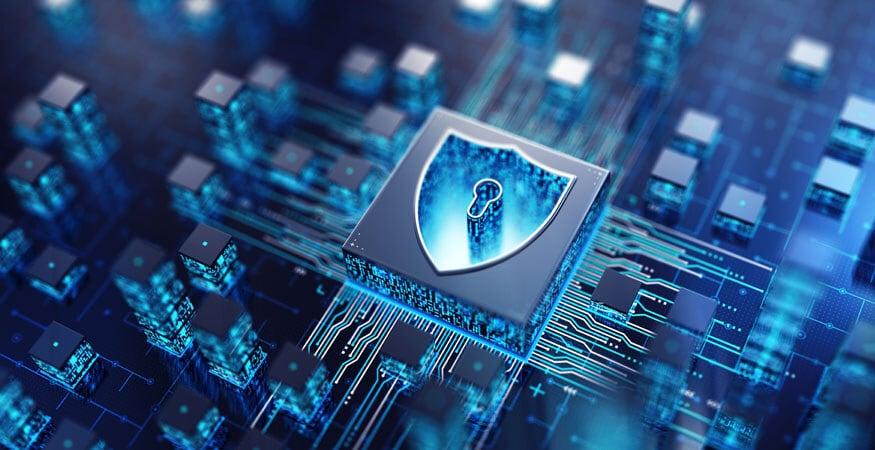Most people know that when it’s time to sell, donate or give away an old computer, you should erase any photos, financial documents and private data stored on the hard drive. But not as many people are aware that used printers can also retain the same personal data.
Here is what you need to know about erasing or destroying confidential information when your printer reaches the end of its useful life.
WHAT’S STORED ON A PRINTER?
Just like a computer, printers have both volatile memory (like computer RAM) and non-volatile memory (like computer hard drives). Volatile memory disappears when you turn the printer off, but non-volatile memory sticks around until it’s deleted.
In other words, many office printers have many of the same features of a computer or mobile device— hard drives, system memory, an operating system and applications. That means your printer has the same capabilities— and security risks— as any other device you own.
HOW TO WIPE YOUR PRINTER
For a home printer, if you just printed a scanned copy of all your credit cards and now you want to sell your printer on eBay, you need to scan or print enough non-confidential documents to overwrite the data held in memory. To accomplish this, you can usually just print 5 to 10 complicated documents, such as pictures or anything besides plain text.
However, be aware that advanced office multifunction devices have non-volatile memory measured in gigabytes, and it would take a long time to overwrite the data stored there. Before purchasing new multifunction devices, check with the manufacturer or dealership to see if it is possible to wipe any saved data from your machines. (As you will see below, GFC ensures that all data is overwritten and destroyed at the end of a machine's service.)
DIGITALLY CLEANING YOUR PRINT ASSETS
If you are getting rid of an old printer and need to make sure there is no important data which could be stolen or found by a new owner, you need to either overwrite the data or destroy the memory device.
For example, all Canon imageRUNNER devices are equipped with hard disk drives with standard features in place to protect the information on their internal hard drive to prevent the misuse or theft of the stored data. The image data from routine job processing is temporarily written to the HDD in a proprietary Canon file format.
The HDD Data Erase Kit, which is now standard on second and third generation imageRUNNER ADVANCE models, imageRUNNER ADVANCE DX and imagePRESS Lite models, enables system administrators to configure their imageRUNNER ADVANCE to overwrite the internal image server hard disk and erase previous data as part of routine job processing.
WHAT WE DO
All GFC enterprise-class devices include enterprise-grade Hard Drive Encryption out of the box. Any data held on the device can only be retrieved by a host with the encryption key stored in the hardware of the device. In addition, GFC ensures that all data is overwritten and destroyed at the end of a machine's service.
Learn About GFC's Print Security
At the end of service, hard drives are erased when they arrive back at Troyka-TC service centers. Hard drives will be removed, wiped according to the Department of Defense security standards and destruction certificates can be provided upon request. Hard drives can also be removed and kept by the customer at cost if specified in advance.
Of course, before you get rid of any gadget, you should think about what information it might be storing. It’s especially critical to wipe computers, cellphones and tablets, but other devices you might not expect can store data as well, including printers.
If you’d like to learn more about protecting personal data or adding security features to your printer fleet, contact the print security experts at GFC.










